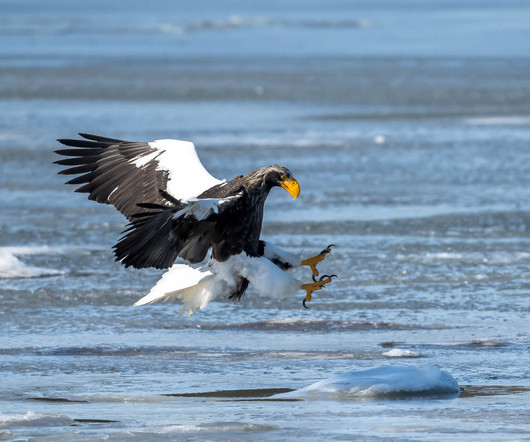A Fierce Cartoon Bird: Steller’s Sea Eagle on Hokkaido
10,000 Birds
APRIL 29, 2024
The species is listed as Vulnerable – the estimated number of individuals is 4600-5100 (HBW), of which about 2000 winter on Hokkaido. There is a book on the species, but it is out of print and seems impossible to find even in online secondhand bookstores. Where is the movie about his life then? Back to the eagle.























Let's personalize your content